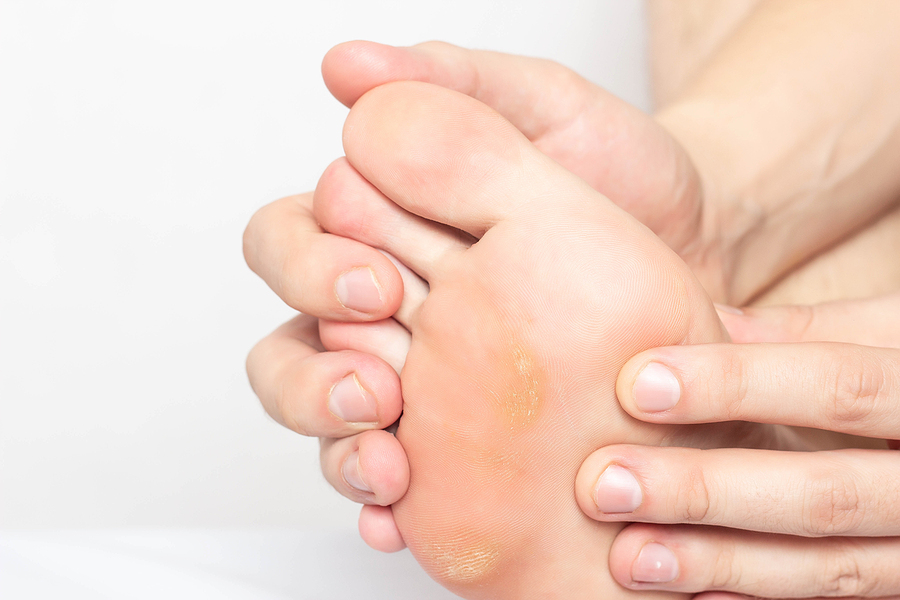
Why Calluses Are Bad News for Diabetics
If you have been diagnosed with diabetes, you’ve likely got a long list of suggestions and warnings concerning lifestyle changes and keeping up your health. It’s important to take these warnings seriously, especially when it comes to your feet. Something as seemingly harmless as a callus can lead to major complications, particularly foot ulcers and even bone infections.
What Is a Callus?
A callus is a patch of dry, hard skin that forms due to prolonged pressure or friction. The outermost layers of skin harden into a stiff lump which usually remains painless. For those people with no general foot or health problems, a callus will go away after avoiding pressure and friction on that area for a time. For diabetics, this isn’t the case.
Why Do Diabetic Calluses Form?
Diabetics are at particular risk for forming calluses. One reason for this is neuropathy, nerve damage leading to the loss of feeling in the feet. A diabetic who does not check their feet regularly, may not feel a callus forming. On top of that, neuropathy damages the nerves that control sweat production and regulate skin oils. Thus, diabetics are more prone to dry, callused, and cracked skin.
How Does a Callus Become an Ulcer?
A callus ulcer is slightly different from other diabetic ulcers. Callus ulcers have tough layers of skin built up on top of them and are often pale in color, rather than the open red sores commonly associated with ulcers. The problem is that the callused ulcer continues to kill healthy tissue in the foot if it’s left untreated. Again, due to diabetic neuropathy, a patient may not feel this happening and therefore may not seek out treatment until the ulcer has progressed.
How Bad Is a Callus Ulcer?
Callus ulcers can get very bad if left untreated. As the ulcer progresses, it can move into other tissues and even into the bone, causing further infection. An ulcer that spreads to the bone can generally only be treated by amputation. It’s critical that diabetics perform a daily foot check and contact a podiatrist at the first sign of trouble.
How Do I Protect Myself from Calluses and Ulcers?
A daily foot check is the best place to start, but there are many other steps you can take to prevent calluses from forming. Wearing supportive and padded shoes that fit correctly will relieve the pressure or friction that might have formed a callus. Managing blood sugar levels and addressing potential neuropathy are also critical in preventing callus ulcers.
If you do see a callus forming, do not trim it yourself! Your podiatrist should examine the area to ensure the problem does not progress. They can then prescribe treatments such as therapeutic shoes, at-home care routines, or even treatment in our PediCare Salon from our Medical Nail Technicians. Don’t delay. Call the FAAWC to book an appointment with your provider. There is no time to waste when it comes to protecting your feet from calluses and ulcers.
Leave a reply